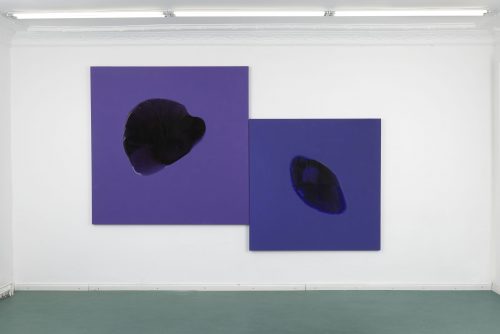
Groupshow
On the edge of fashion
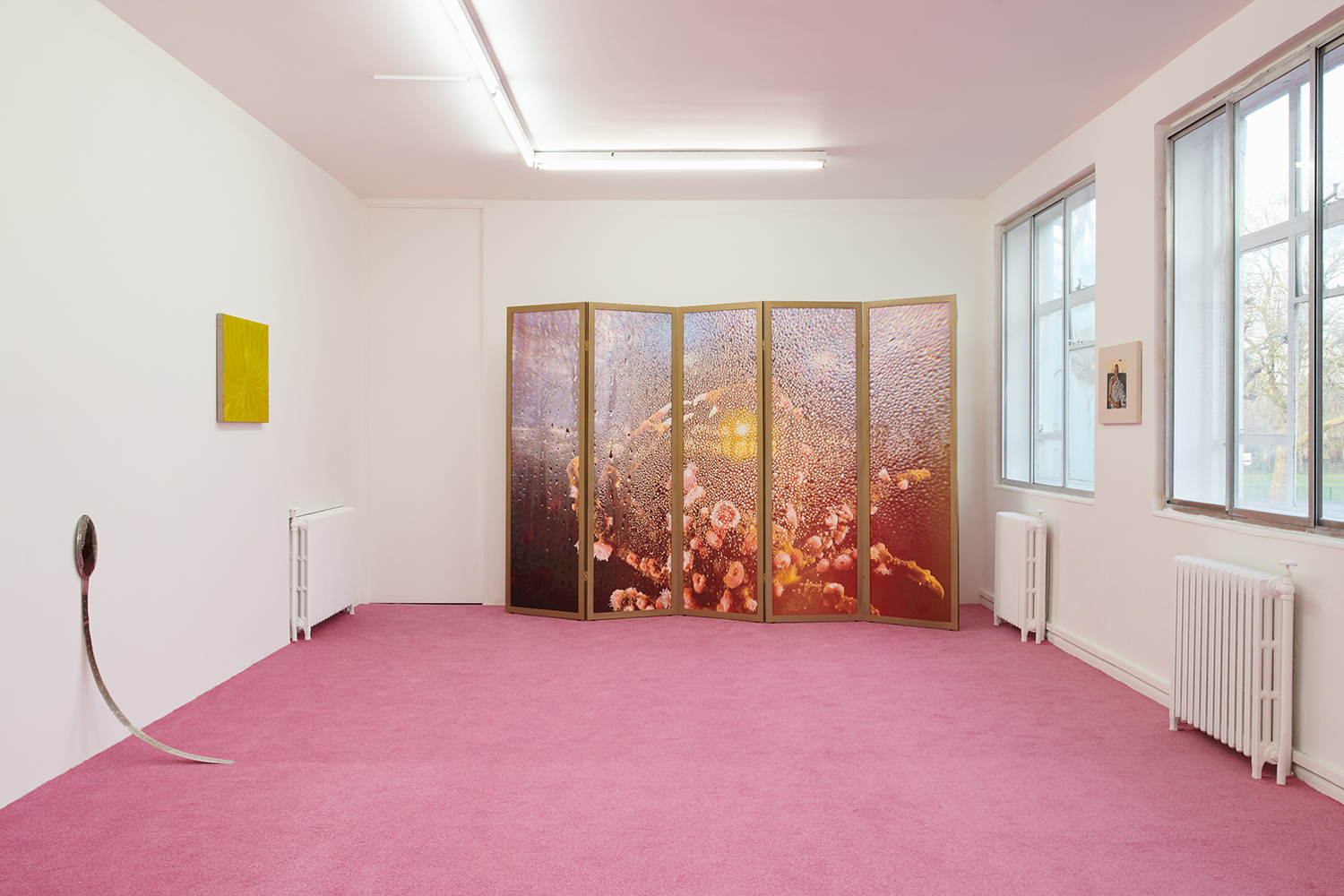
On the edge of fashion, Rose Easton, 19 January – 25 February 2023
Advertisement

On the edge of fashion, Rose Easton, 19 January – 25 February 2023

Mary Stephenson, Middle Red, 2023, Oil on linen, 45 x 55 cm
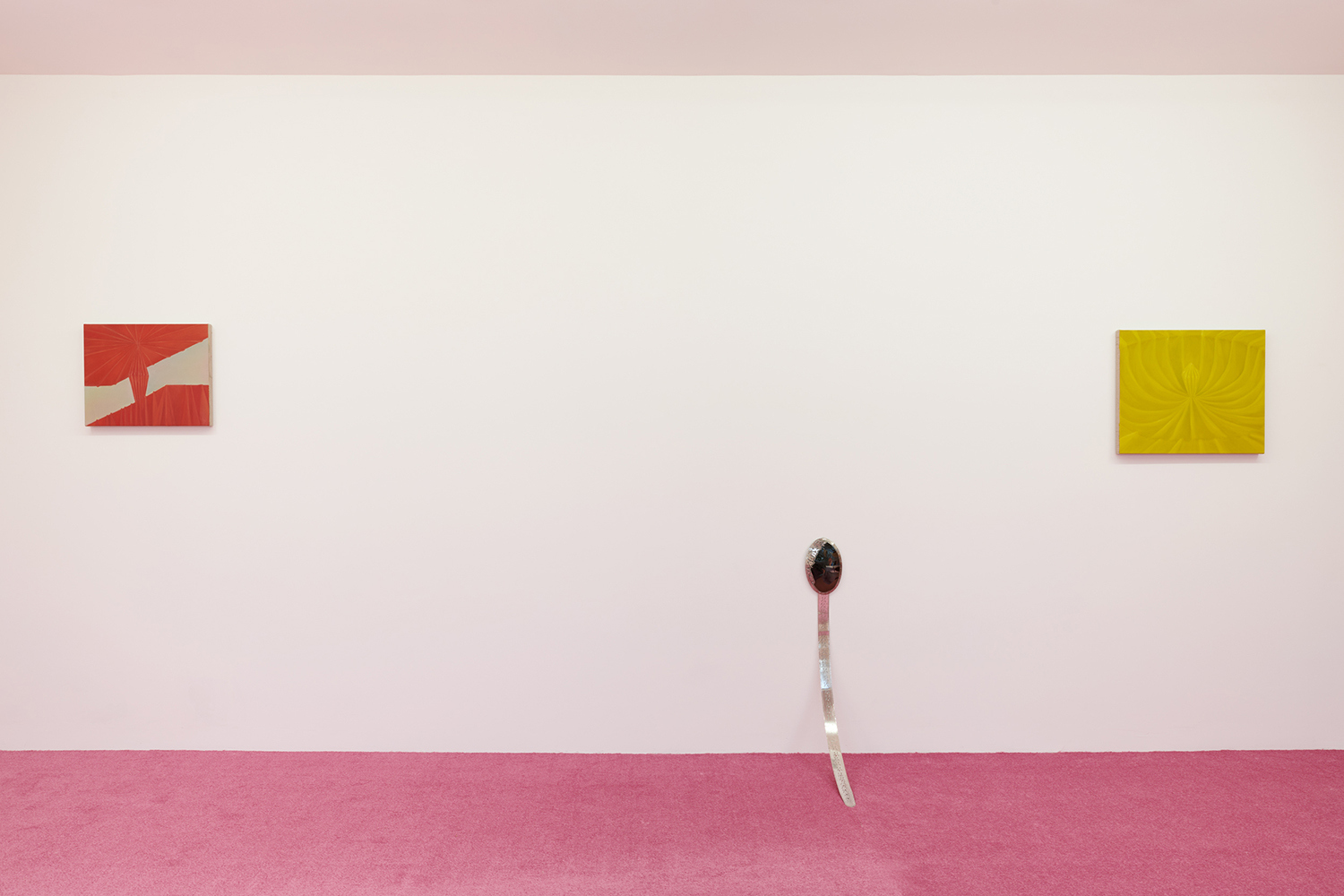
On the edge of fashion, Rose Easton, 19 January – 25 February 2023

Arlette, XXXL Buckle Belt, 2022, Silver, resin coated photograph, 125 × 17 × 1.5cm
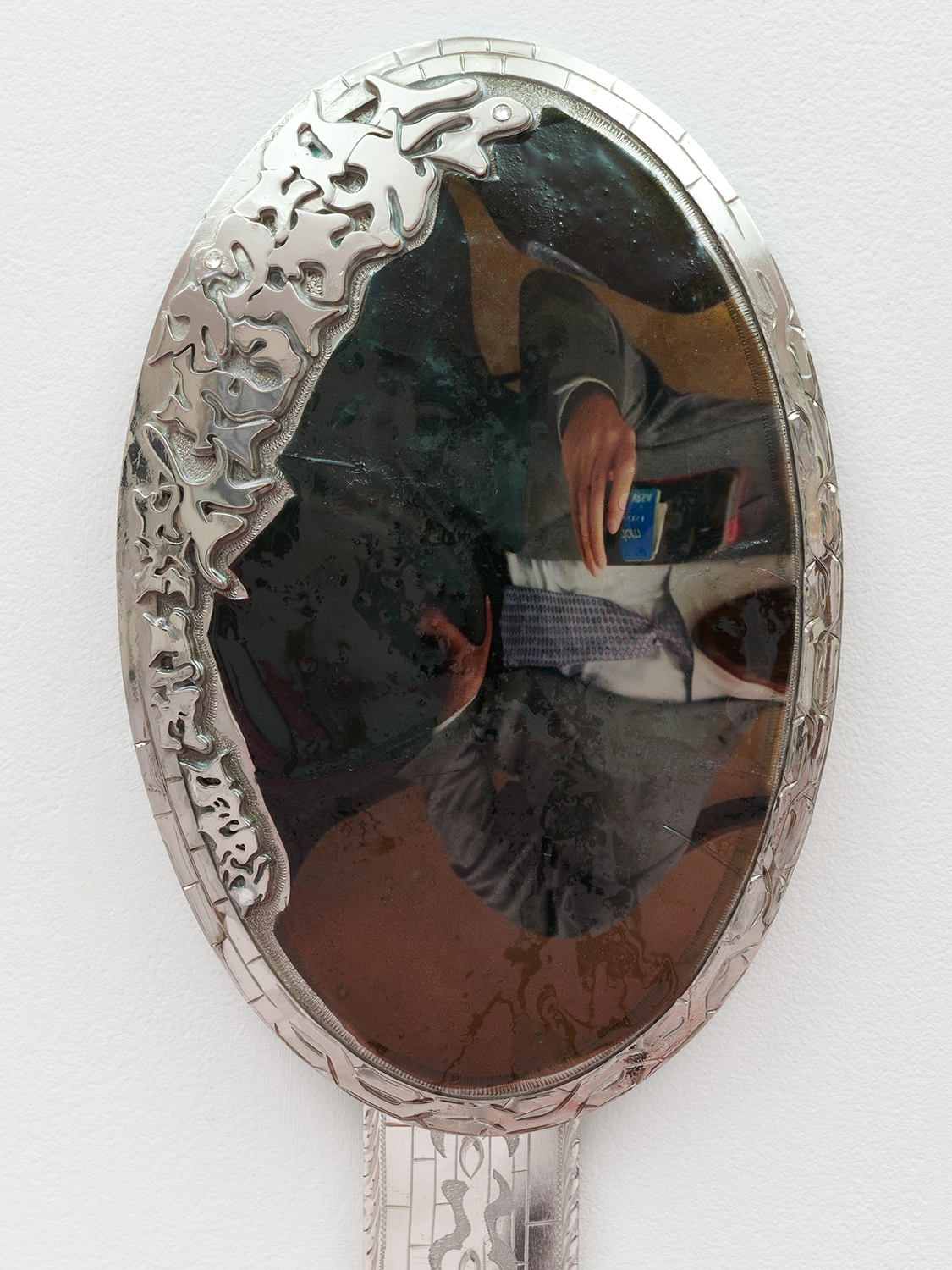
Arlette, XXXL Buckle Belt, 2022, Silver, resin coated photograph, 125 × 17 × 1.5cm

On the edge of fashion, Rose Easton, 19 January – 25 February 2023
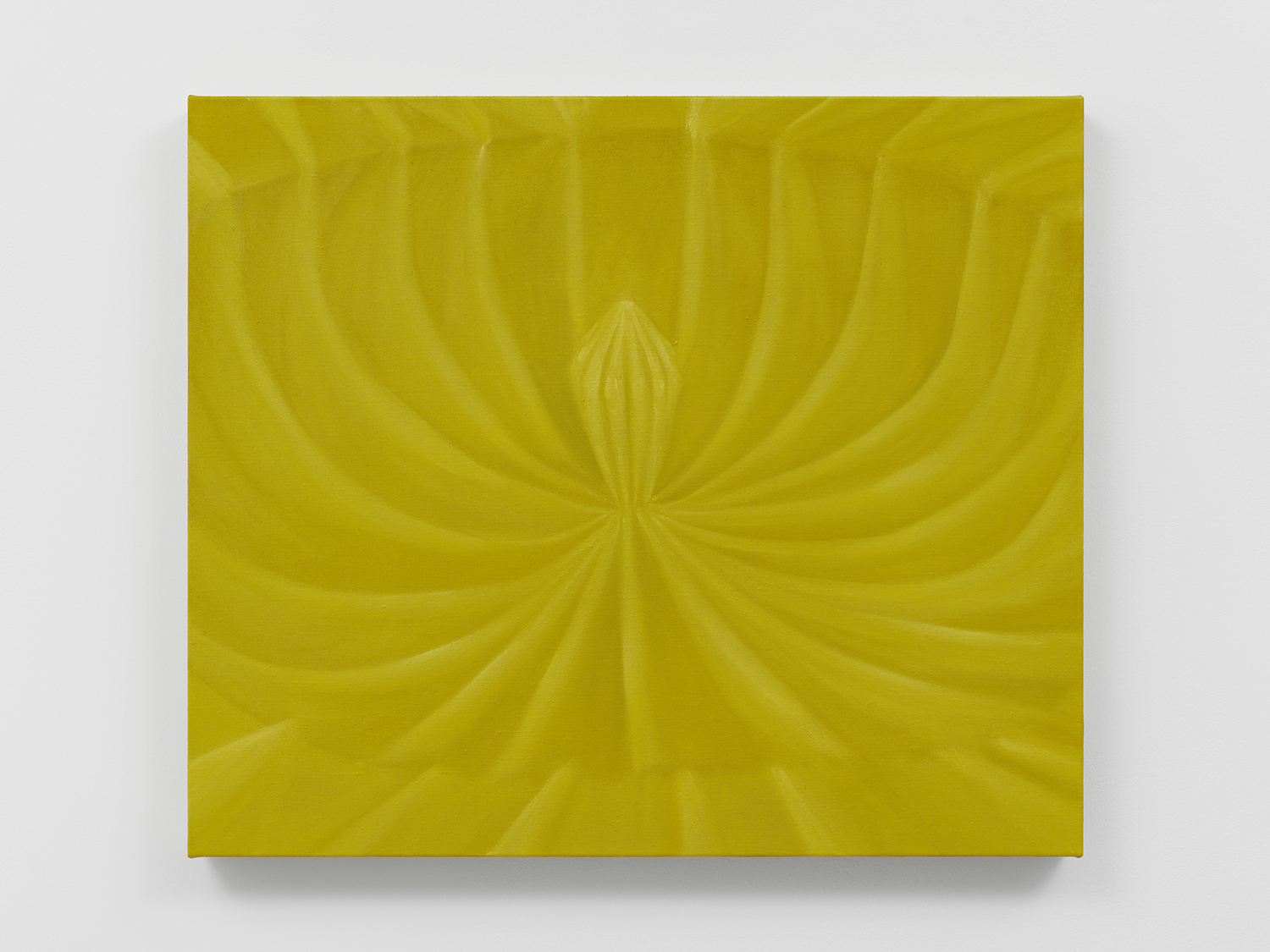
Mary Stephenson, Citrine Green, 2022, Oil on linen, 55 x 65 cm

On the edge of fashion, Rose Easton, 19 January – 25 February 2023
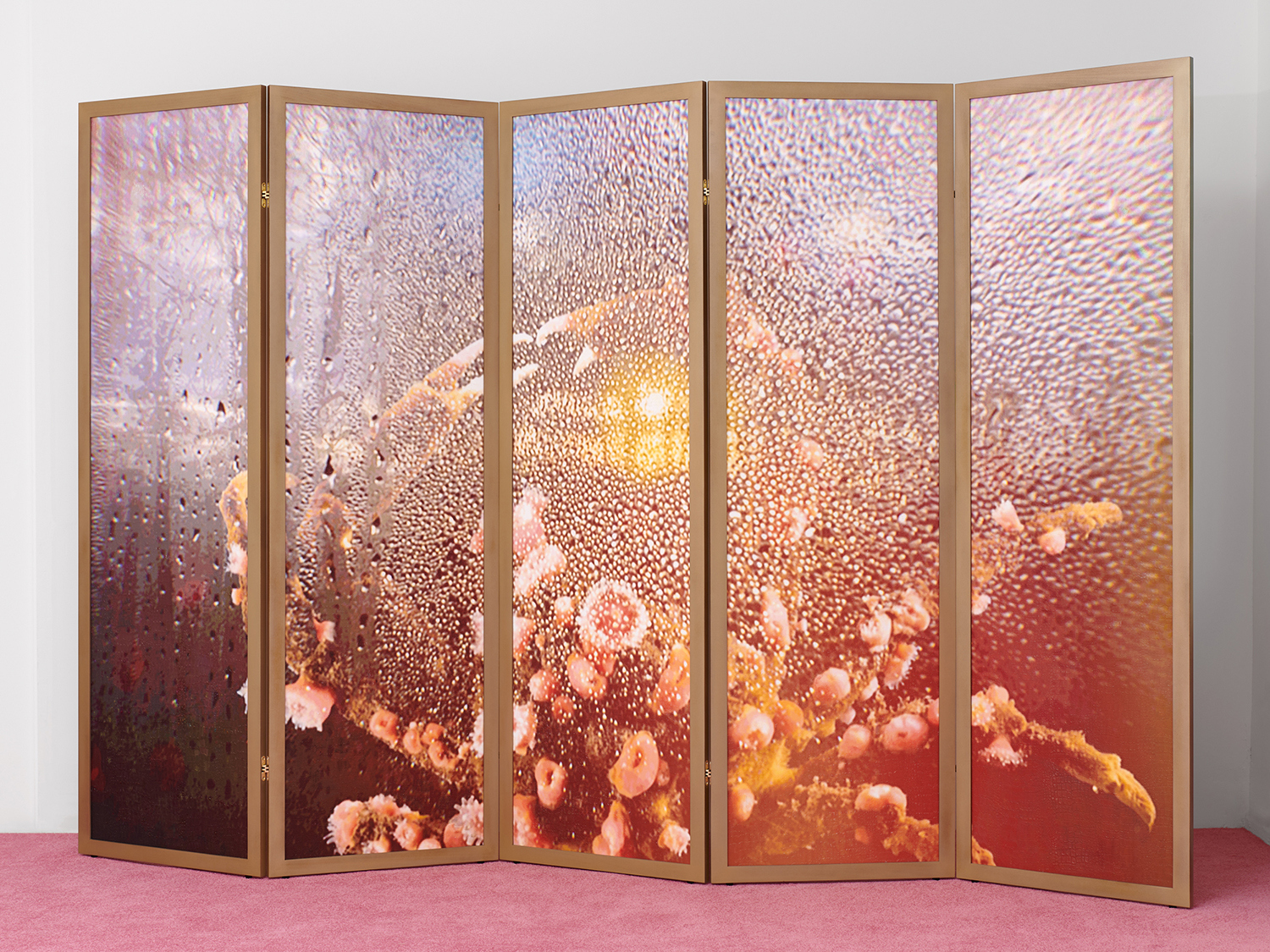
Jonah Pontzer, Cancer Son Greets the Day, Dresses Accordingly, 2023 (alternate view)

Jonah Pontzer, Cancer Son Greets the Day, Dresses Accordingly, 2023 (alternate view)
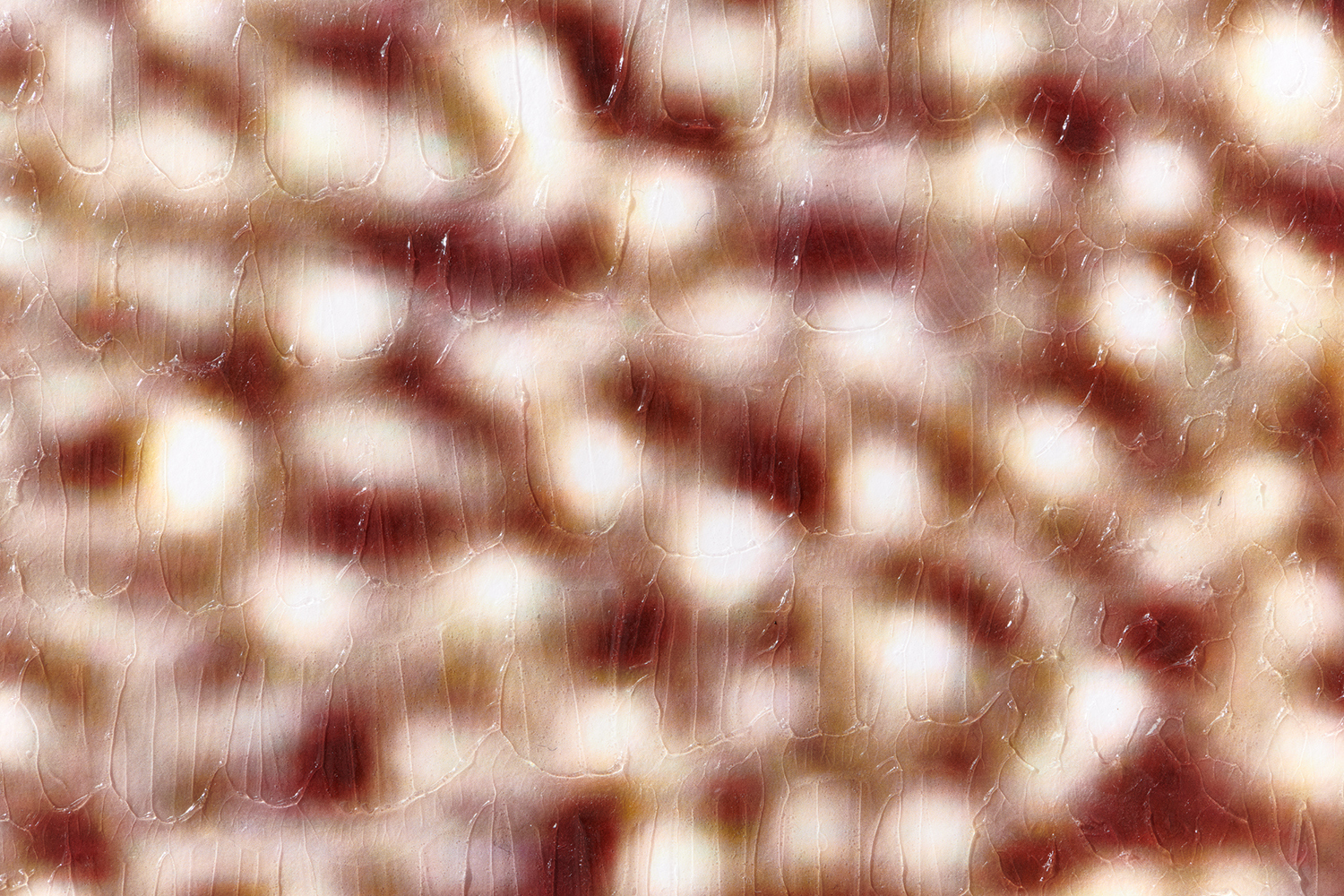
Jonah Pontzer, Cancer Son Greets the Day, Dresses Accordingly, 2023 (alternate view)
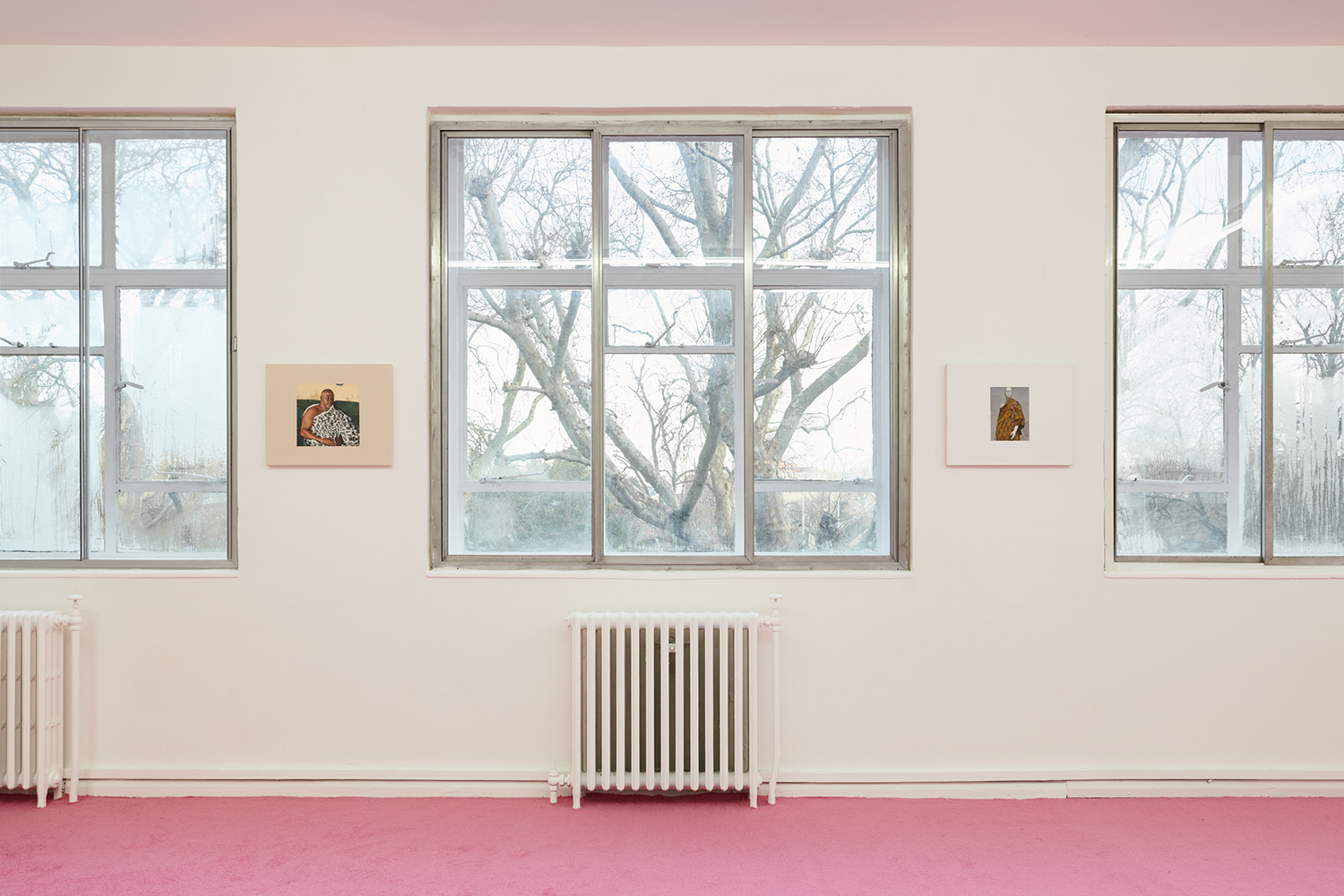
On the edge of fashion, Rose Easton, 19 January – 25 February 2023
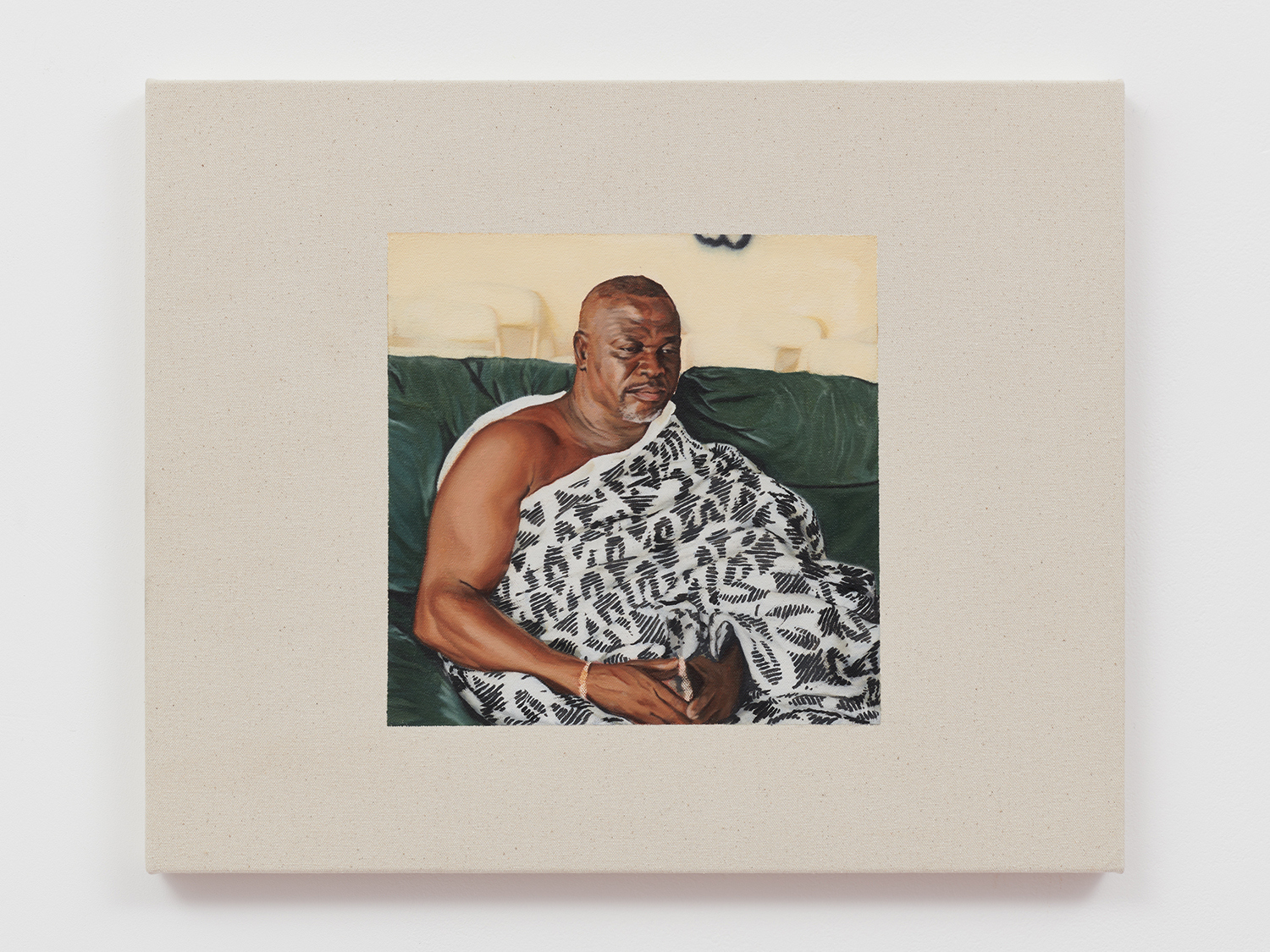
Aaron Ford, Man Sitting Down, 2023, Oil on canvas on board, 40 x 50 cm

Aaron Ford Figure, 2023, Oil on canvas on board, 40 x 50 cm
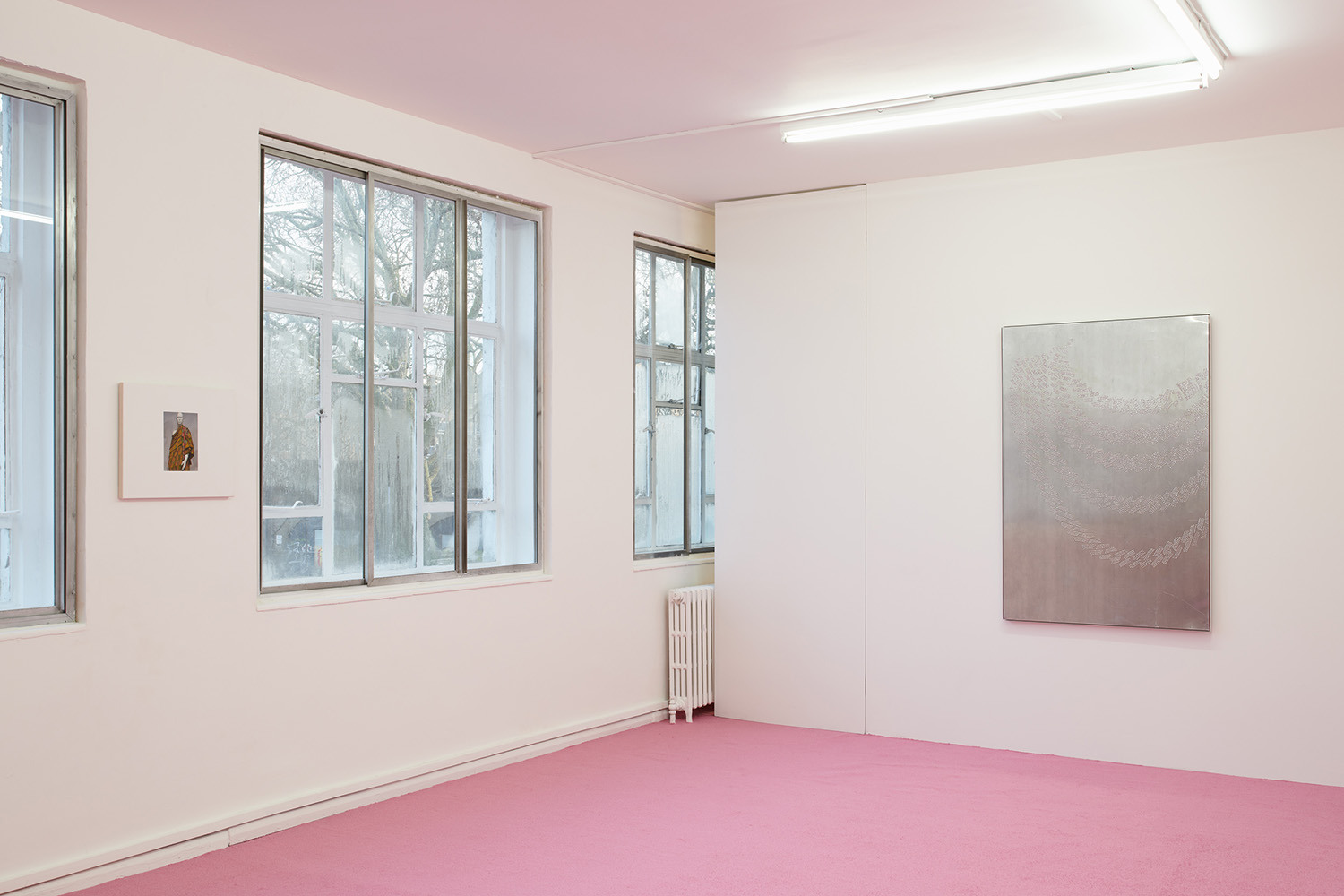
On the edge of fashion, Rose Easton, 19 January – 25 February 2023
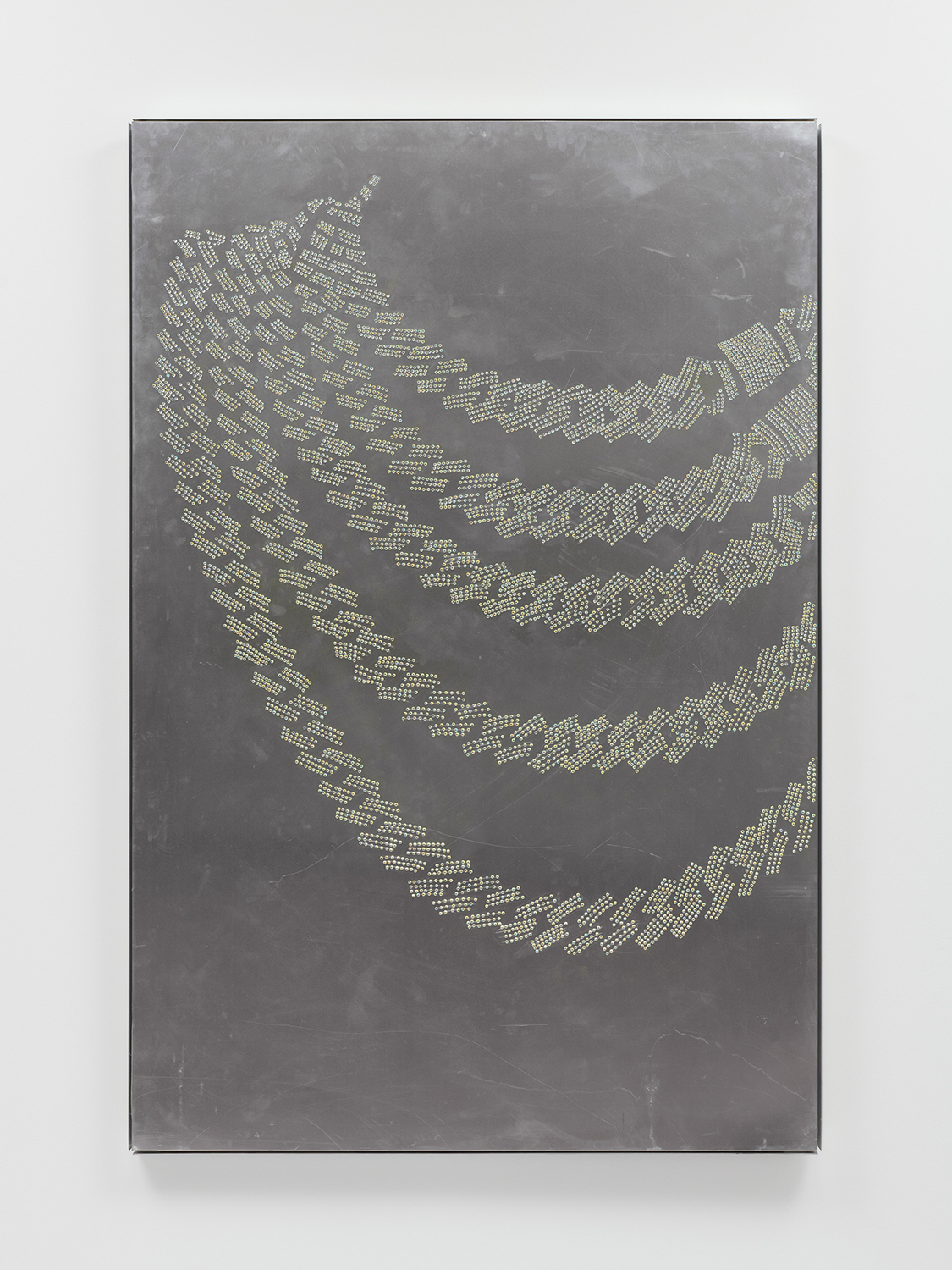
Alfa Bransfield, Three (Thug Votive), 2022, Aurora Borealis Diamanté on engraved aluminium, 150 × 100 × 3.5 cm

Alfa Bransfield, Three (Thug Votive), 2022, Aurora Borealis Diamanté on engraved aluminium, 150 × 100 × 3.5 cm
In 1995, Alexander McQueen presented his now canonical show, Highland Rape. Models staggered down the runway in slashed tartan and torn lace in reference to the nineteenth century Highland Clearances that McQueen referred to as genocide: a reminder of England’s violent history. The show was a display of defiance towards the many English designers of the time presenting flamboyant Scottish clothes, highlighting fashion’s appropriation of Sottish culture.
McQueen’s show typified the way in which fashion designers of the 1990s harnessed historical themes to protest the present. In Caroline Evans’ seminal text Fashion at the Edge, she posits that “this new type of fashion design…seemed to function like a hysterical symptom that could articulate current concerns”. To elaborate:
On the edge of discourse, of civilisation, of speech itself, experimental fashion can act out what is hidden culturally. And, like a neurotic symptom, it can utter a kind of mute resistance to the socially productive process of constructing an identity. As we produce a disciplined and controlled self, via the technology of manners for example, what is repressed comes back as a trace, under the weight of some cultural trauma, of which experimental fashion can function as a tell-tale memory. Seen thus, Fashion is hysterical. It can be a symptom of alienation, loss, mourning, fear of contagion and death, instability and change. Like psychoanalysis, it investigates the domain and configuration of incoherence, discontinuity, disruption and disintegration.
Caroline Evans, Fashion at the Edge: Spectacle, Modernity, and Deathliness, 2007
In times of similar struggles and change as those designers were living through, and speaking to, in the nineties—economic instability, political upheaval and technological advancement—the artists in On the edge of fashion (which borrows its title from Evans) deploy similar strategies to “investigate the domain and configuration of incoherence, discontinuity, disruption and disintegration.”
The works in the show wrestle with social, political and cultural anxieties prominent today: class, capital, empire and the crisis of masculinity. Atop a ‘dynasty pink’ carpeted floor, shrouded in glamour and harnessing the power and language of advertising, like a stealth Trojan horse they revisit cultural trauma anew. Just as McQueen reconfigured and restaged the ‘rape' of Scotland through the manipulation of fabric, so too do the artists in the exhibition navigate contemporary concerns through form, materiality and humorous deception.
In Arlette’s XXXL Buckle Belt, an enlarged cowboy belt made in silver is set loose of its trousered restraints and, re-oriented, climbs the wall. The buckle’s shine captures a reflection of an absent scene: an image originating from Grindr and then memefied in Mexico of a man in a suit grabbing his penis through his trousers. Overlaid embossed silver text reads ‘skinny dick in the dark’, announcing anxieties that the hyper masculine adornment may ordinarily be intended to obscure.
In Alfa Bransfield’s Three (Thug Votive), an image of a heavy gold neck chain, rendered in diamanté set onto engraved aluminium, is taken from screenshots of his own social media algorithms in which his marketable personality coordinates as a ‘gay chav’ were reflected back through targeted adverts. Bransfield’s work is tinged with tragicomedy, merging bleak critical theory with wanton camp. This chain is both decoration and restraint, signifier of both at once—the wearer’s personal aspirations and their societally imposed limitations.
For Aaron Ford, two paintings, Man Sitting Down and Figure explore traditional Ghanian cloth and its (re)presentation in the mainstream media, and within his own personal history. Man Sitting Down is derived from a found family photo of Ford’s cousin wearing Adinkra cloth while Figure finds genesis in an image sourced from the Met archive, of an anonymous mannequin wearing Kente cloth, staging the personal and the impersonal within the context of cultural production.
Jonah Pontzer’s five panel dressing screen Cancer Son Greets the Day, Dresses Accordingly borrows form from Edouard Vuillard’s Place Vintimille (1911). Speaking to notions of capital, spectacle and artifice, Pontzer delights in the luxuriousness of fashion, the painted panels embellished with a skin like texture reminiscent of the sought-after crocodile skin of a Hermes Kelly bag. The image itself is of a Dressing Spider Crab, a crustacean that adorns itself to appear less conspicuous. Much like the screen itself—an object for privacy and metamorphosis—the act of decoration is not to reveal but to conceal.
Two new paintings from Mary Stephenson, Citrine Green and Middle Red, see the artist using fabric as a method to commune with her unconscious. Laced with anxiety, cloth appears to fold and unfold, reproductive in nature, revealing forms that feel simultaneously yonic and phallic; erotic in their lack of specificity. Gazing at the works, shapes emerge before retreating back into the canvas, inviting the viewer into the amorphous appearances.


